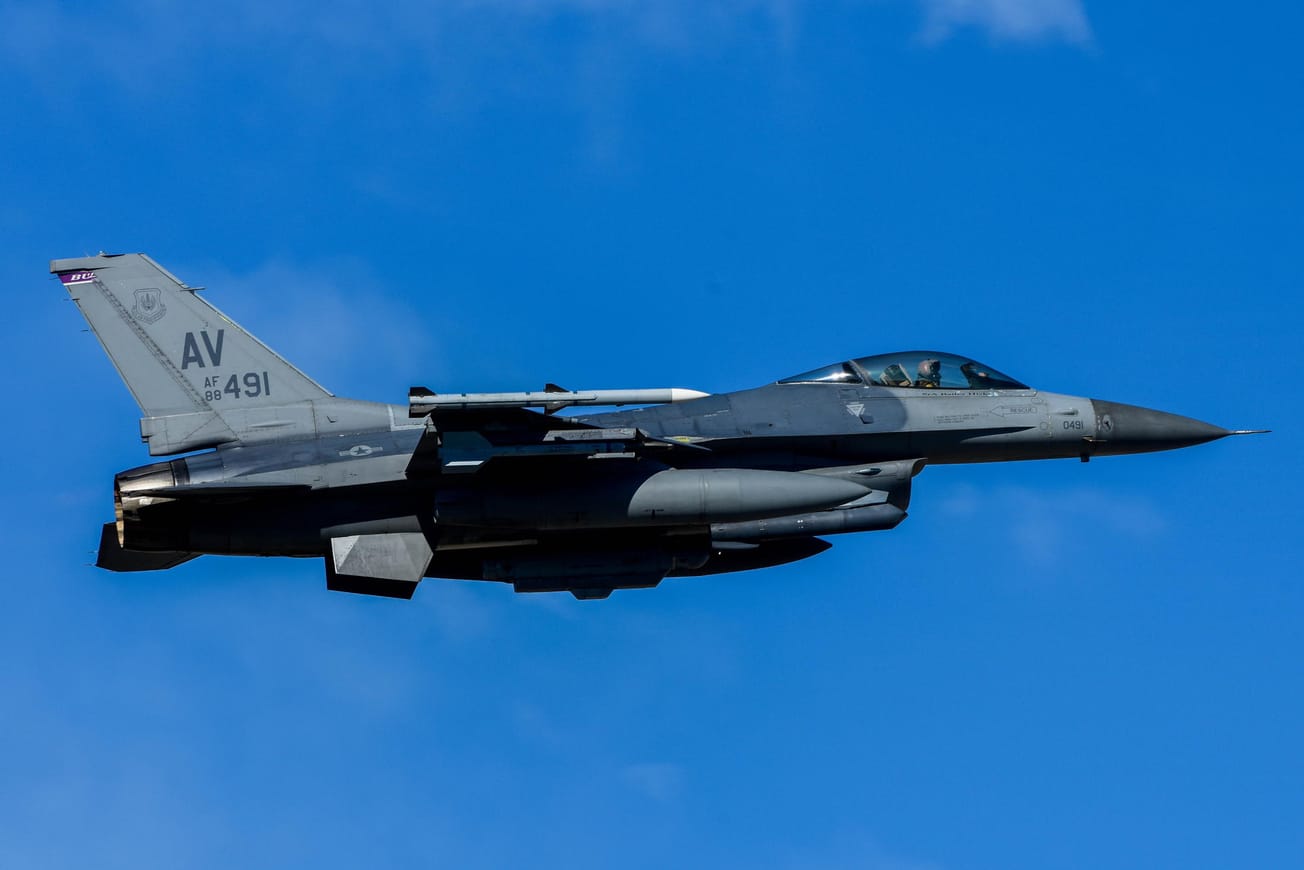The disproportionality between the real security threat posed by the Houthi and the disruption in world trade caused by the Red Sea crisis raises the question whether we are witnessing a continuation of the “Nord Stream” tactics. As in the case of the Sept. 26, 2022 bombing of the Nord Stream gas pipelines, the big loser in the Red Sea crisis is Europe, where a large part of foreign trade, including energy and raw material supply, goes through the Suez Canal.
Fully 12% of world trade goes through the Suez Canal, including 10% of oil, 8% of gas and 30% of container traffic. In fact, 40% of Asia-Europe trade normally goes through the area, including a huge amount of oil and diesel fuel. So do food products like palm oil and grain and anything else brought over on container ships, which is most of the world’s manufactured products.
According to Suez Canal Authority Chairman Osama Rabie, ship traffic has decreased 30% since the beginning of 2024 compared to 2023. Container traffic has decreased by 66%, according to the Kiel Institute for the World Economy (IfW). We are not yet back to pre-1869, before the canal was built, but an increasing number of shipping companies is taking the longer route around the Cape of Good Hope, which has resulted in a two-week longer travel time and increasing costs (between 150 and 250%). The cost to ship a standard 40-foot container from China to northern Europe has jumped from $1,500 to $4,000, according to the IfW. All this is potentially becoming consumer price inflation.





